Lights, camera, action! — these words describe how the world of movies and general media captivate us all. However, amidst the dazzling spectacle of cinema lies a growing concern – the impact of violent movies on the wellbeing of children.
Children are highly impressionable and tend to absorb information from their surroundings and computer screens like sponges.
As responsible parents and guardians, we bear the responsibility of ensuring the wellness of their physical, social, cognitive, and emotional health. Thus, it is imperative to explore the repercussions of their exposure to screens and extreme content.
Drawing on medical data, analytics, and compelling real-life examples, this article aims to provide valuable insights into the effects of violent movies on child development.
The Power of Entertainment Media & Movies on Children

Entertainment media as a whole plays a significant role in shaping our lives in many ways. It affects children much more than adults.
The content they consume, including violent movies, has the potential to influence their values, thoughts, attitudes, beliefs, and behaviors in profound ways.
Firstly, media acts as a powerful agent of socialization, presenting them with portrayals of characters, situations, and cultural norms. Violent movies, in particular, can shape their beliefs about aggression, conflict resolution, and the use of violence in multiple contexts.
Moreover, media serves as a source of information and models for behavior. Children often emulate the characters they see on screen, imitating their actions, language, and attitudes. .
This can have implications on how they behave: It can potentially lead to increased aggression, reduced empathy, and a skewed understanding of appropriate social conduct.
How Violent Movies & Media Shape the Perception of Violence in Children
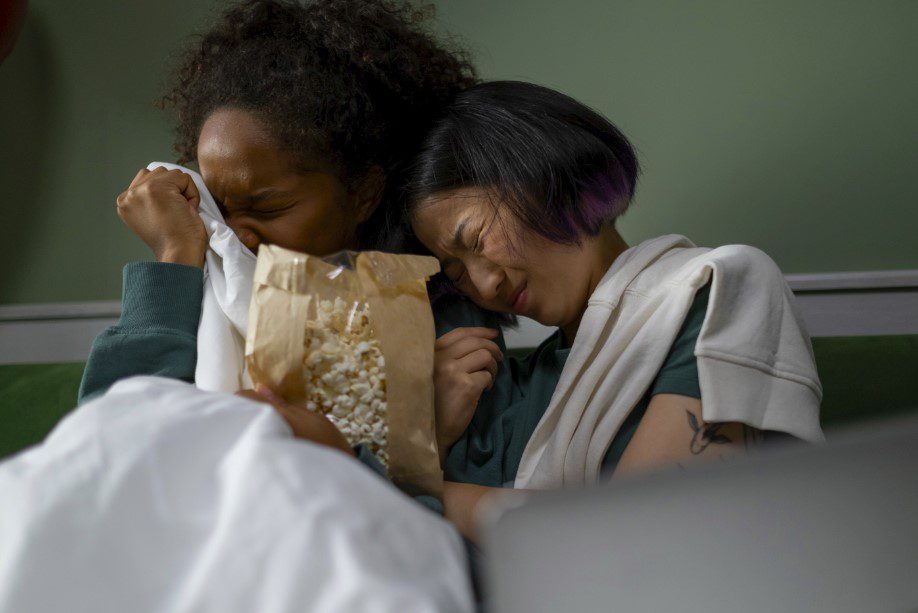
In general, violent movies are designed to depict graphic scenes of aggression and conflict. They present violence as a means of problem-solving or achieving goals.
When children witness violence in this way, they may internalize this behavior as acceptable. This can lead to distorted beliefs about violence and its role in interpersonal relationships.
The repeated exposure to this content can desensitize them, often blurring the line between right and wrong.
Below are commonly discussed impacts of violent content on children:
1. Psychological Impact of Violent Movies
Research studies have shown a correlation between violent media consumption and increased aggression. Children may also develop desensitization to violence, and develop anxiety and fear.
Witnessing explicit scenes of violence can disturb their sense of security and disrupt their emotional equilibrium.
– What is the correlation between Violent Movies Consumption and Increased Aggression in Children?
children who watched many hours of violence on television when they were in elementary school tended to show higher levels of aggressive behavior when they became teenagers.
AMERICAN PHSYCHOLOGICAL ASSOCIATION
When children regularly view violent movies, they are exposed to a barrage of aggressive acts and behaviors. This constant exposure can influence their cognitive and emotional processes, leading to an amplified acceptance and tolerance of the same behavior.
The link between violent media and increased aggression can be attributed to various factors, including observational learning, desensitization, and the internalization of aggressive scripts.
It is important to recognize and address this correlation to ensure the healthy development of children and promote a peaceful and non-violent society.
– Development of Anxiety and Fear in Children Exposed to Violent Movies:
Exposure to violent movies can have a profound impact on children and their emotional well-being. This can lead to the development of anxiety and fear. The graphic and intense nature of violent scenes can elicit strong emotional reactions in young viewers.
Results from multiple regressions revealed that viewing violent media clips increased self-reported anxiety more than watching nonviolent high-action clips, with medium effect
Researchgate
The vivid imagery and suspenseful moments can create a sense of danger and insecurity, causing children to feel threatened or unsafe in their everyday lives.
Prolonged exposure to such content can further exacerbate these feelings, potentially leading to sleep disturbances, nightmares, and a general state of unease.
2. Impact on Cognitive Development

Childhood is a critical period for cognitive development, where children acquire essential skills and knowledge. Unfortunately, exposure to violent movies can hinder this process.
Studies have linked violent media consumption to impaired attention, decreased empathy, and lower academic performance. The graphic nature of violence can hinder a child’s ability to concentrate, process information, and develop critical thinking skills.
– Impaired Attention and Concentration in Children due to Exposure to Violent Movies:
Exposure to violent movies can have detrimental effects on a child’s attention and concentration abilities. The fast-paced action, intense visuals, and constant sensory stimulation in these movies can overwhelm a young viewer’s developing cognitive processes.
What they see constantly can disrupt their ability to focus and sustain attention on tasks such as schoolwork and meaningful interactions.
Research suggests that children who frequently consume violent media may exhibit reduced attention spans, difficulty in filtering out distractions, and impaired cognitive flexibility. These attentional challenges can extend beyond the movie-watching experience. This can affect their overall ability to concentrate in many aspects of life.
It is important for parents and educators to be aware of these potential consequences and create environments that promote focused attention and cognitive development. This is possible through alternative activities that encourage concentration, such as reading, problem-solving exercises, or engaging in creative pursuits.
– Influence on Academic Performance and Critical Thinking Skills:
The influence of violent movies can also impact children’s academic performance and critical thinking skills.
Regular exposure to violent content can divert their attention away from educational pursuits, leading to a decline in academic engagement and achievement. The intense and captivating nature of violent movies can create a strong pull, drawing them away from their studies. This can diminish their focus on learning.
Furthermore, violent movies often prioritize action over complex storytelling or critical thinking. The fast-paced nature of these films may discourage children from engaging in deeper analysis or reflection.
Moreover, the themes and content depicted in violent movies may not align with academic values and principles, potentially leading to conflicting messages.
Children exposed to excessive violence on screen may struggle to differentiate between fantasy and reality, which can blur their understanding of appropriate behavior within the academic context. This can further impact their ability to navigate ethical and moral dilemmas, as well as comprehend the consequences of their actions.
3. Social Implications of Violent Movies and Media on Children
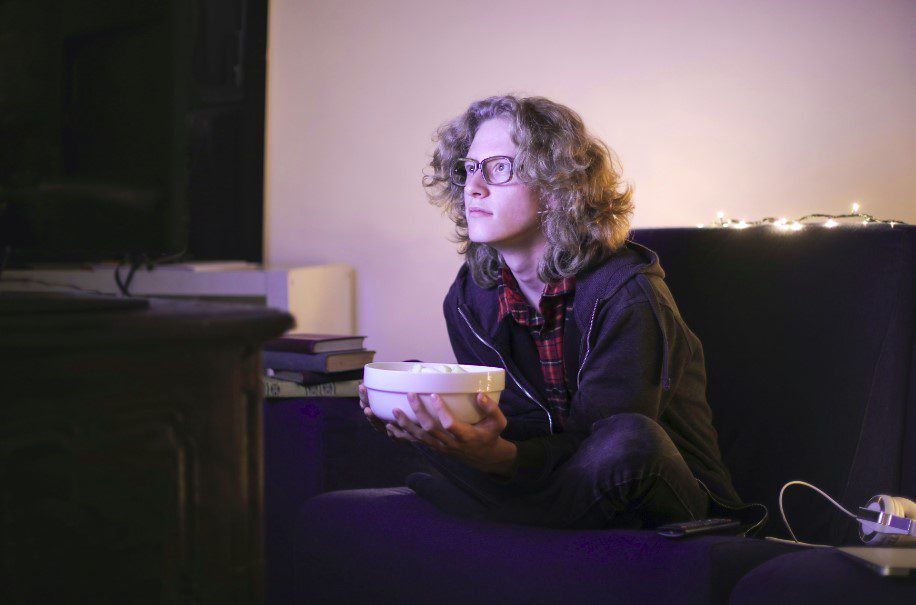
Children learn social cues and behaviors by observing and imitating others. When they witness violent behaviors being glorified or rewarded in movies, it can normalize aggression and lead them to believe that such actions are acceptable or even desirable.
These movies often portray characters resorting to aggression and violence as a means of resolving conflicts, without adequately showcasing the consequences or exploring non-violent alternatives.
Consequently, children may develop a skewed perception of what constitutes acceptable behavior in interpersonal relationships and how to effectively navigate conflicts.
This distorted understanding of appropriate behavior can manifest in various ways, including,
- increased aggression
- decreased empathy
- a reduced capacity for peaceful conflict resolution
Children may be more inclined to emulate the aggressive behaviors they see on screen, replicating them in their own interactions without fully comprehending the potential harm caused to others.
Additionally, exposure to violent movies may hinder children’s ability to develop effective conflict resolution skills.
Rather than learning constructive problem-solving strategies, they may internalize the idea that violence is a quick and effective way to overcome challenges. This can impede their capacity to communicate, compromise, and seek peaceful resolutions in real-life conflicts.
– Decreased Empathy and its Effect on Social Interactions:
Exposure to violent movies has also been associated with a decrease in empathy among children. This deficiency can significantly impact their social interactions.
Empathy, the ability to understand and share the feelings of others, is a crucial aspect of healthy social development. However, violent movies often portray characters engaging in aggressive and violent behaviors without emphasizing the consequences or the emotional impact on others.
As a result, children struggle to understand and respond to the emotions and needs of their peers. This leads to difficulties in forming meaningful connections and maintaining positive relationships.
When empathy is compromised, social interactions can become strained and conflict-ridden. Children who lack empathy may have difficulty recognizing and responding to the emotional cues of others, resulting in misunderstandings and strained communication.
They may also struggle to demonstrate compassion and support, hindering the formation of strong bonds with their peers. Over time, this can contribute to feelings of isolation, social withdrawal, and a decreased sense of belonging.
It is important to encourage children to engage in activities that promote empathy. This include engaging in community service, and reading books that emphasize empathy and compassion. They should also engage in open discussions about emotions and empathy, to help counteract the potential negative effects of violent media.
4. The Impact on Emotional Well-being

The vivid imagery, suspenseful moments, and depictions of threatening situations can create a sense of danger and insecurity. Children may experience heightened levels of fear, anticipating similar scenarios in their own lives or feeling vulnerable in their surroundings.
This heightened state of anxiety can disrupt their daily activities, affect their sleep patterns, and lead to a general sense of unease.
The distressing and intense visuals from violent movies can also linger in their minds, manifesting during sleep as vivid and often frightening dreams.
These nightmares can be particularly distressing, causing sleep disturbances, restlessness, and even leading to fear of falling asleep altogether. The impact of these nightmares on children’s overall well-being can be significant, affecting their quality of sleep, daytime mood, and overall emotional resilience.
– Potential Development of Post-Traumatic Stress Disorder (PTSD) Symptoms:
Exposure to violent movies poses the risk of potential development of post-traumatic stress disorder (PTSD) symptoms in children. PTSD is a psychological condition that can occur following a traumatic event or witnessing a traumatic experience.
While children may not directly experience the depicted violence, the intense and realistic nature of violent movies can still have a profound impact on their mental and emotional well-being.
They may internalize the distressing and traumatic scenes, which lead to the manifestation of PTSD symptoms.
These symptoms include:
- intrusive and distressing thoughts or memories of the violent content
- nightmares
- flashbacks
- avoidance of reminders or discussions related to the violence
- heightened anxiety
- hypervigilance
- and changes in mood and behavior
– Long-Term Emotional Disturbances Caused by Prolonged Exposure of Children to Violent Movies:
The intense and graphic nature of violent content can leave a lasting impact on children’s developing minds. This can shape their emotional responses, and contribute to ongoing emotional disturbances.
One of the primary consequences of prolonged exposure to violent movies is the deepening of fear and anxiety. Children may constantly anticipate similar threatening situations in their own lives. This can result to persistent anxiety that extends beyond the immediate viewing experience.
Moreover, exposure to violent content can trigger recurring nightmares in children. The distressing and disturbing images depicted in violent movies can infiltrate their subconscious mind. This manifests during sleep as vivid and often terrifying dreams.
The long-term emotional disturbances can significantly impact children’s psychological development, and this may lead to difficulties in emotional regulation, reduced self-esteem, and impaired social interactions.
These emotional disturbances may persist into adolescence and adulthood, and ,may affect their overall mental health and well-being.
How to Mitigate the Effects of Violent Movies & Media on Children
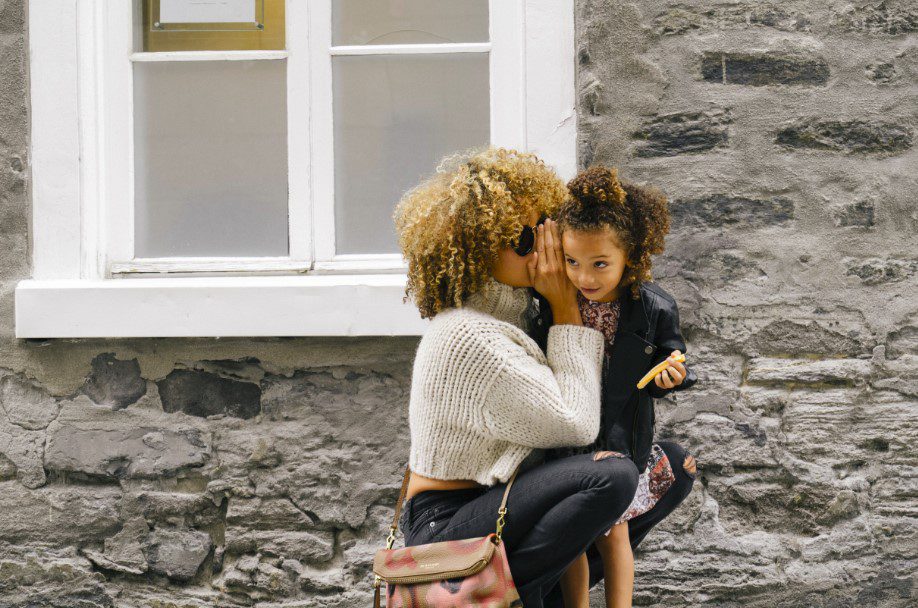
As responsible parents and caregivers, there are several steps we can take to mitigate the effects of violent movies on child development:
1. Parental Guidance:
It is crucial for parents to actively engage in children’s media consumption. This involves setting appropriate limits and monitoring the content they are exposed to. Open communication about the consequences of violence and fostering critical thinking skills can empower children to make informed choices.
2. Media Literacy Education:
Teaching children about media literacy is essential in today’s digital age. By educating them about the techniques used in media production, such as special effects and storytelling, children can develop a discerning eye and better understand the difference between fiction and reality. Media literacy programs can also encourage critical analysis and responsible media consumption.
3. Alternative Entertainment Options:
Encouraging children to engage in alternative forms of entertainment, such as reading, sports, or creative activities, can provide a healthy balance and reduce their exposure to violent movies. By offering a wide range of positive and educational experiences, children can develop diverse interests and expand their horizons.
4. Positive Role Models:
Exposing children to positive role models through books, movies, and real-life examples can help counter the negative influences of violent media. By highlighting empathy, compassion, and non-violent conflict resolution, children can learn valuable life lessons and develop a strong moral compass.
5. Collaboration with Schools and Communities:
Schools and community organizations play a vital role in shaping a child’s development. By fostering partnerships that promote media literacy, awareness campaigns, and educational initiatives, we can create a supportive environment that nurtures positive values and healthy media habits.
6. Professional Support:
If a child shows signs of distress or behavioral changes due to exposure to violent movies, seeking professional help from psychologists or child development experts is crucial. These professionals can provide guidance, therapy, and interventions tailored to the child’s specific needs. This can help them overcome any negative effects and promote healthy development.
The Final Word
In conclusion, the impact of violent movies and media on the wellbeing of children is a significant concern. By understanding the potential consequences and taking proactive measures, we can mitigate their negative effects and promote a safe and healthy media environment for the little ones.
Parental guidance, media literacy education, alternative entertainment options, positive role models, collaboration with schools and communities, and professional support all play vital roles in safeguarding our children’s well-being.
Remember, it is our collective responsibility to create an environment that fosters positive growth and nurtures the potential of every child.
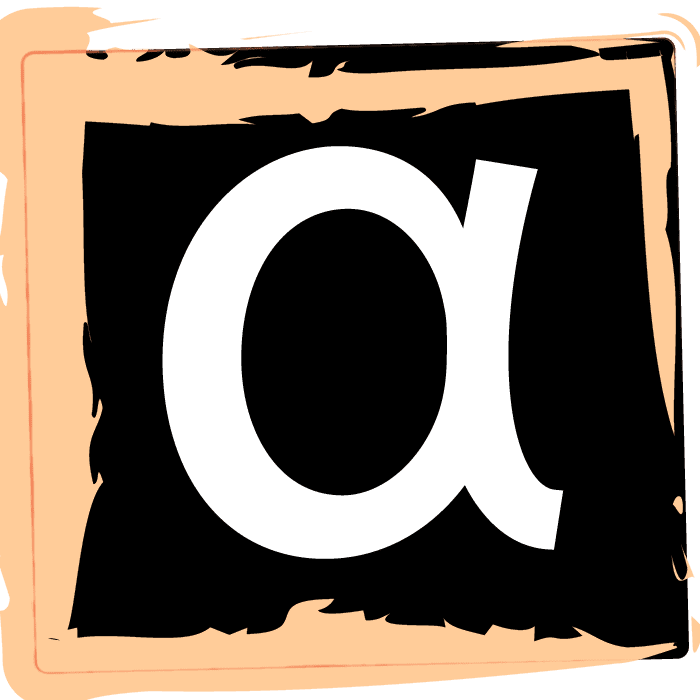

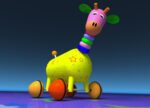


Leave a Reply